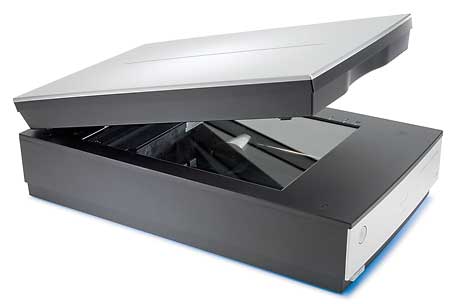I’m in a tricky situation, caught in the middle of an equipment bag restocking. In light of all the new tech hitting the shelves soon, it’s been a priority of mine to prepare my kit with the best-of-the-best for the 2012 shooting season. As gear improves, so does your ability to expand your boundaries. Staying on top of the curve is important in this business.

Nikon have just officially outed the Nikon D4. A 16mp flagship ultra high-end beast of a machine. Brand new sensor, processor, ISO up to 204,800… and there are impressive specs for videographer/cinematographers - 1080p 24fps up to 20 minutes, very high speed sensor read off to drastically reduce rolling shutter, incredible low light performance - it’s looking like a serious entry into the DSLR cinema world.
I’m a little upset with how awesome Nikon are being in regards to a late February delivery. The D4 has been announce months behind the 1D X yet will hit the stores ahead of it by about a month. The only reason I’m bringing up this point is my re-packing of the kit bag requires something new. Something new and amazing. But, there’s a time constraint as well as I have major international projects over the next few months that will require something substantial, and I can’t invest more than I can afford. As of now, the Nikon D4 appears to be coming in time for my travels, and so far promises to be more than enough to satisfy my demands. But being a long-time supporter of Canon, and a huge fan of their equipment, vision and new cinema direction, it’s hard for me to justify I sudden jump. Incase you’re wondering, investing in Nikon wouldn’t mean a full departure from Canon, it would simply be an expansion of horizons.

The 1D X is the camera I want. I’m highly familiar/comfortable with the body (being a long-time 1D MK IV owner) and the new specs look to be ideal for the DSLR filmmaker. Though the photo-specs have heavy weight for me, the filmmaking performance will always take priority when gauging for a sale. There is a certain expectation you familiarize yourself with when committing to a brand. I know how impressive Nikon is, along with many other photo companies, but Canon has always stood out to me. Form, durability and functionality keep me coming back for more. I’ve NEVER had an issue with a Canon product, ranging pro consumer to professional level products. Without the Canon tech, it’s even possible to say my businesses wouldn’t look as they do now… (deep). I’ll keep a close eye on the upcoming test/reviews of the Nikon D4, and honestly I hope it blows my mind! I need to make some hefty purchases quite soon, so now it’s up to who can showoff the most.
Another camera in my top 3-to-get is the NEX 7.
B.


 Elle & Be . Boutique Wedding Cinematography
Elle & Be . Boutique Wedding Cinematography
Recent Comments